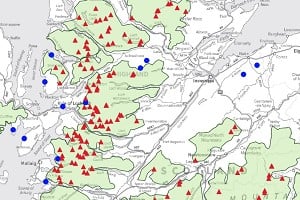
Outdoor writer and backpacker Chris Townsend is horrified by the 'ravaged landscape' that the grouse shooting industry has created in the hills of northeast Scotland, where the heavy hand of estate management is visible everywhere and wildlife notable by its relative absence. Something must be done, he says. This article first appeared in Chris' blog, and we've re-published it here.
Roads, fences, gates, burnt heather. A savaged, stripped, blasted land. That's the Eastern Highlands, beyond Mount Keen. Walking through these hills recently on the TGO Challenge (coast to coast across Scotland) was a depressing experience. Nowhere else in the Highlands have I seen such devastation and destruction. And all in the name of grouse shooting and deer stalking, all so that a few wealthy people can spend a few weeks a year killing birds and animals for fun without having to make any effort or suffer any discomfort.
These hills have been damaged by the shooting industry for many decades now with regular heather burning and bulldozed roads but recent developments have taken this destruction to a new level. There are many new roads, not just bulldozed but built up, raised above the peat bogs on hard foundations, roads I could drive my car along. And with the roads there are miles of fences. These are often double, one of the pair being electrified. Many are tall deer fences. Beside them run the rusting posts of the first fences, erected in Victorian times when these hills first became so-called 'sporting' estates. There are gates too – massive metal ones big enough to allow trucks through with side gates for walkers. These roads and fences run over summits and along ridge crests, often at over 700 metres. Surrounding them are the neat rectangles of burnt heather, creating a dowdy, unnatural, patchwork quilt effect. There are buildings for shelter too. In one place metal steps led from the road to a wooden-floored grouse butt so the shooter wouldn't even have to touch the ground with their shoes. Can't get those green wellies muddy.
The landscape is like this to make grouse and deer shooting easy and for no other reason
Walking through this ravaged landscape I saw little wildlife. There weren't even many grouse. I did see a few mountain hares – one of them lying dead beside the road – and some golden plover, whose lonely sad piping seemed very appropriate, plus a few crows. There were traps though – cage traps and spring traps – and notices from estates explaining these were legal and were to keep fox and crow numbers down to protect ground-nesting birds (for which read grouse) – though some I saw were too small for foxes and looked more designed to catch stoats. One notice said the estate was installing CCTV because people were damaging their traps. Other notices explained that deer stalking was necessary to protect the forest. I didn't see a sign of a tree above the fenced forests in the glens, nor even a bush. This landscape is like this to make grouse and deer shooting easy and for no other reason.
Grouse shooting has become an issue due to the strange coincidence that the areas where raptors are rare or non-existent happen to be the same as grouse moors – though of course the estates protest that this is nothing to do with them and they love raptors. In England there is now a petition calling for driven grouse shooting to be banned in order to protect hen harriers. The petition says 'intensive management of upland areas for the 'sport' of grouse shooting has led to the near-extinction of the protected Hen Harrier in England, as well as increased risk of flooding, discolouration of drinking water, degradation of peatbogs and impacts on other wildlife.'
The situation is deteriorating in too many areas. Something must be done
George Monbiot, author of the excellent book on rewilding Feral (see my take on it here), has also written about the state of parts of the Highlands recently in his usual provocative style. In an essay entitled Highland Spring he writes 'it is astonishing, in the 21st Century, that people are still allowed to burn mountainsides – destroying their vegetation, roasting their wildlife, vapourising their carbon, creating a telluric eczema of sepia and grey blotches – for any purpose, let alone blasting highland chickens out of the air.'
That people are allowed to do this, and allowed to build roads and put up fences and gates, is astonishing. No planning permission is required as it comes under the heading of 'agricultural purposes', which is a joke of course. A report issued last autumn said these tracks should come under planning control [see UKH news here, Ed.]. Until then keeping up the pressure for change – letters, emails to politicians and the media, posts in blogs and on social media – is needed. The situation is deteriorating in too many areas. Something must be done. Wild land coming under new planning regulations should be the answer but this hasn't happened yet.
If protection can be gained for these destroyed areas the next task will be restoration. They are beyond the stage where they can be left to recover. Roads and fences need removing before this can happen.
Speyside-based Chris Townsend is a prolific outdoor writer, gear reviewer and blogger, and a leading expert on long distance backpacking at home and abroad. He is the author of 17 mountain books including the massive Cicerone guide Scotland, which gives comprehensive coverage of every range in the country (see a UKH review here).
For more from Chris check out his website christownsendoutdoors.com
UKH Articles and Gear Reviews by Chris Townsend
- Desert Island Peaks: Chris Townsend 25 Jan, 2021

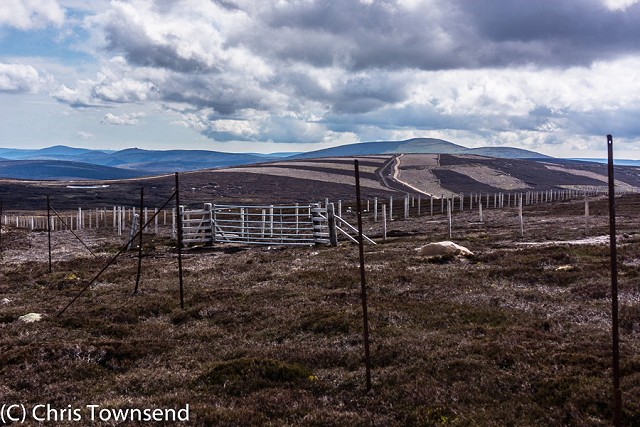
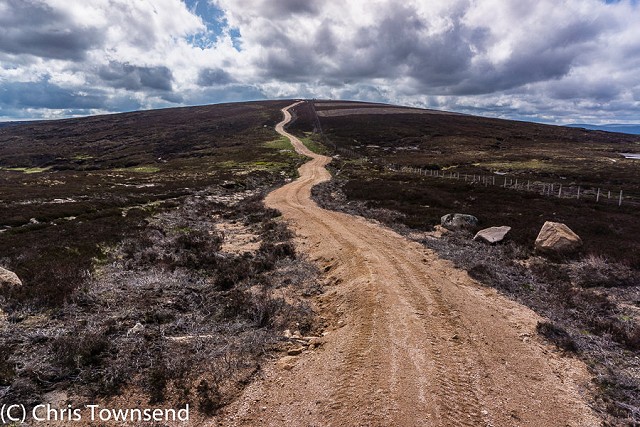
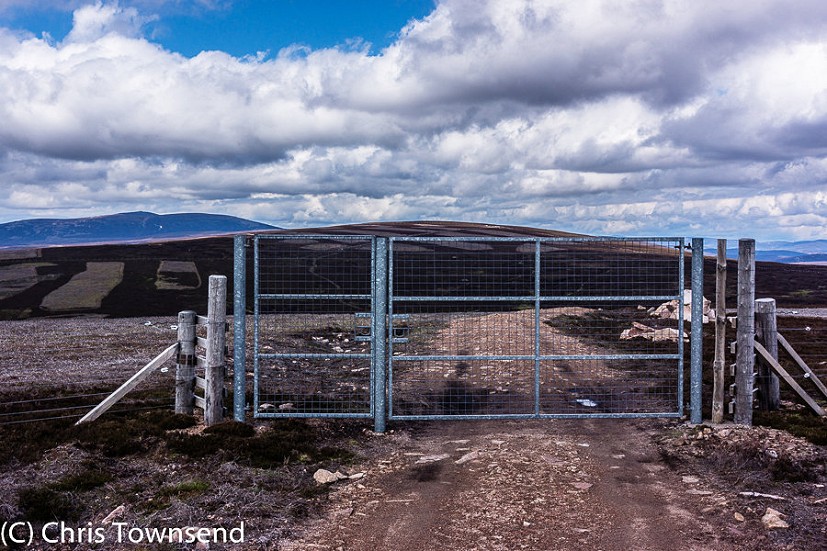

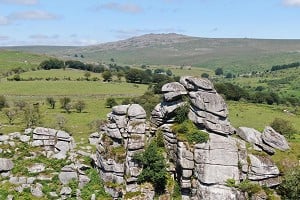
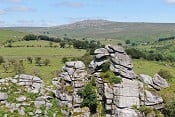
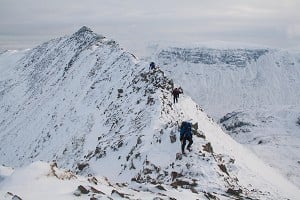
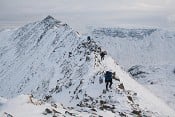




Comments